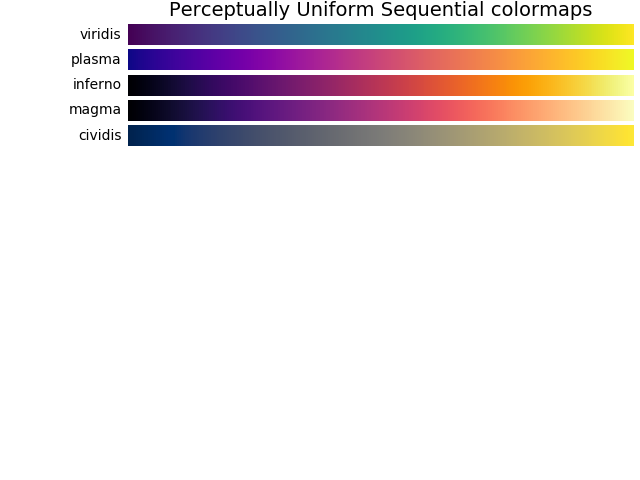New issue
Have a question about this project? Sign up for a free GitHub account to open an issue and contact its maintainers and the community.
By clicking “Sign up for GitHub”, you agree to our terms of service and privacy statement. We’ll occasionally send you account related emails.
Already on GitHub? Sign in to your account
[MRG] Add viz of auto-noisy segment detection #145
Conversation
|
Shall we aim to have this in the report ? |
Very good point. Yes I think we should. Need to adapt the pipeline to work with the new |
01-import_and_maxfilter.py
Outdated
|
|
||
| # Figure title should not overlap with subplots. | ||
| fig.tight_layout(rect=[0, 0.03, 1, 0.95]) | ||
| plt.show() |
There was a problem hiding this comment.
Choose a reason for hiding this comment
The reason will be displayed to describe this comment to others. Learn more.
why is this not in MNE?
There was a problem hiding this comment.
Choose a reason for hiding this comment
The reason will be displayed to describe this comment to others. Learn more.
Hey @jasmainak, so the code in this PR is based on what can be found in the Maxwell filter tutorial of MNE, see https://mne.tools/dev/auto_tutorials/preprocessing/plot_60_maxwell_filtering_sss.html#using-sss-and-maxwell-filtering-in-mne-python
You can also find an example plot there.
The reason this is currently not in "MNE proper" is that we haven't decided how to best implement this. So I'd consider the current code in this PR as temporary, until we have a better solution built right into MNE!
|
can you share an example plot? |
771d6eb
to
5e72520
Compare
This is currently non-interactive (purely static viz) until we'vedecided how to best add interactivity.
5e72520
to
bf6d894
Compare
|
@hoechenberger can you share a rendered artifact on circle when you have one? |
|
@agramfort Absolutely! … I see it just failed, need to fix that :( |
|
Also forgot to mention: |
There was a problem hiding this comment.
Choose a reason for hiding this comment
The reason will be displayed to describe this comment to others. Learn more.
beautiful !
|
thx @hoechenberger |
|
no objection !
… |
|
Very nice @hoechenberger! |
From the "Notes" section of the I tried to follow this through by stepping through the code line by line. I'm fine until including step 4; but step 5 either doesn't happen as described, or I'm misunderstanding something. What we do in the code in step 5, to my understanding, is we check if What we return as the "noisy score" is @larsoner could you shed some light onto this? Am I missing something, or is the documentation outdated? |
|
Friendly ping to @larsoner – could you help me here? :) |
A |
Bazinga! You're absolutely right, thank you! Do you think it would make sense to adjust the user-facing documentation to make this relation between |
|
A parenthetical mentioning that this is equivalent to the zscore exceeding limit would be fine |
|
agreed |



This is currently non-interactive (purely static viz) until we've decided how to best add interactivity.